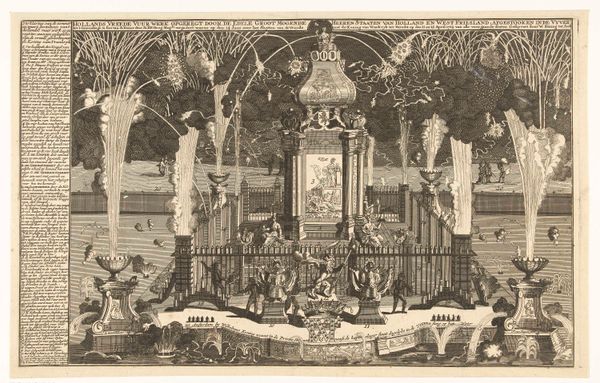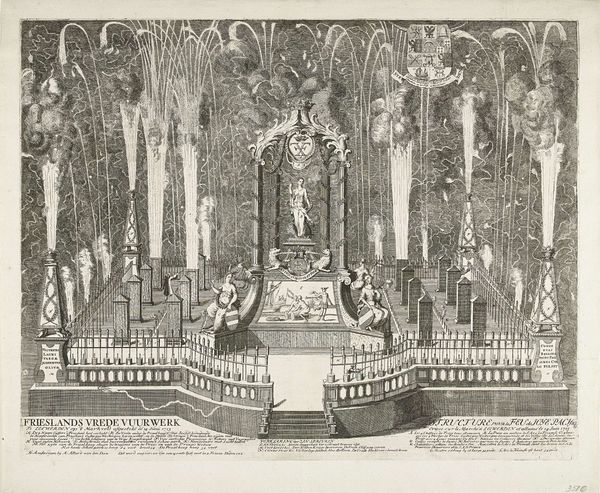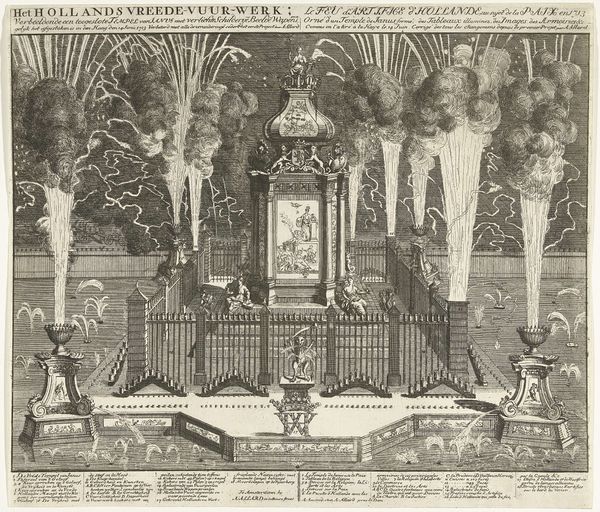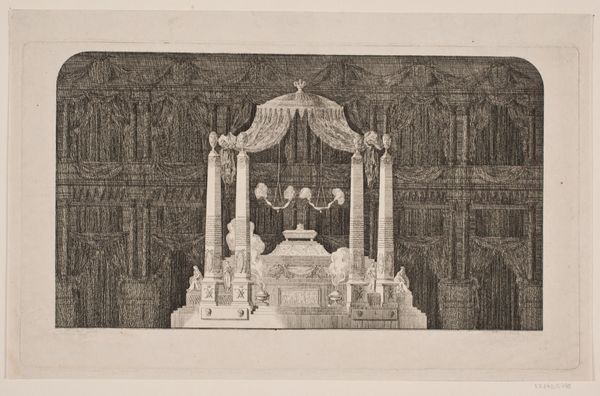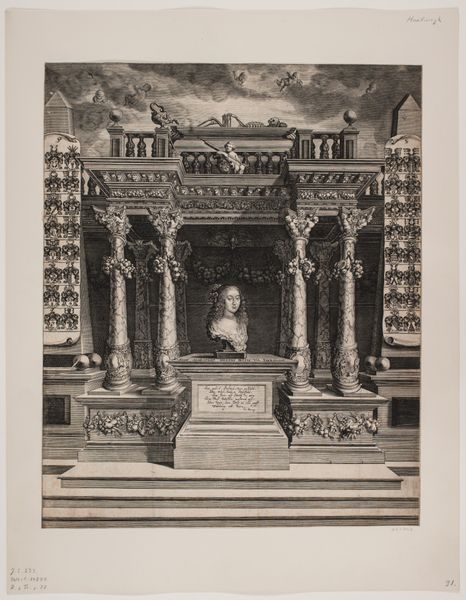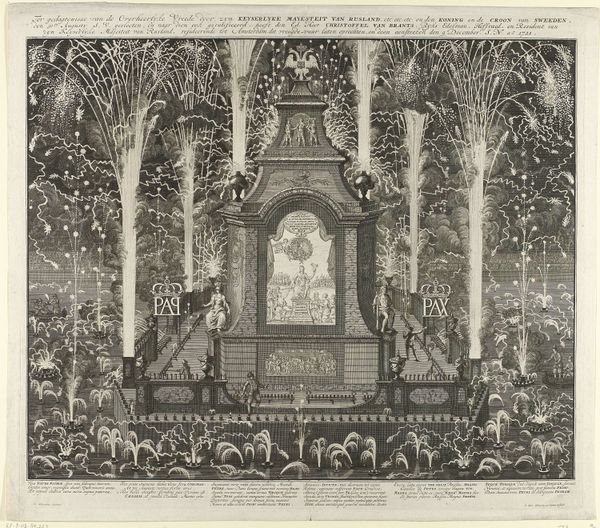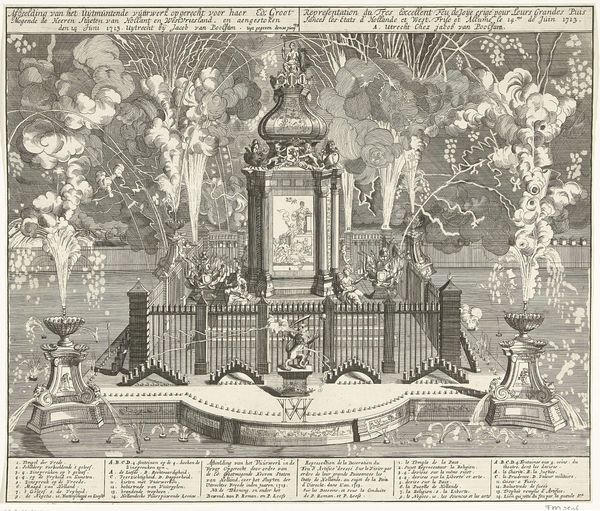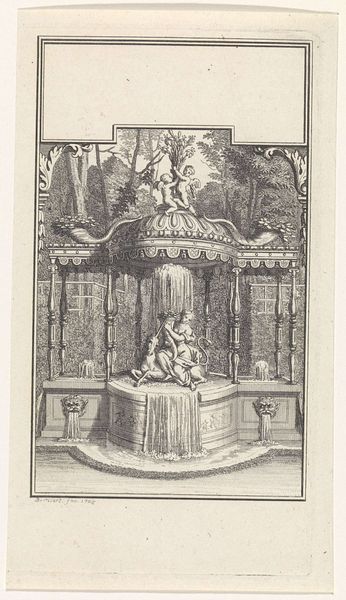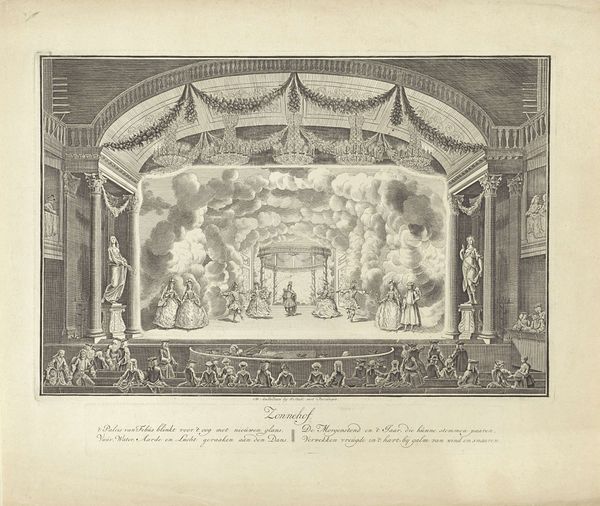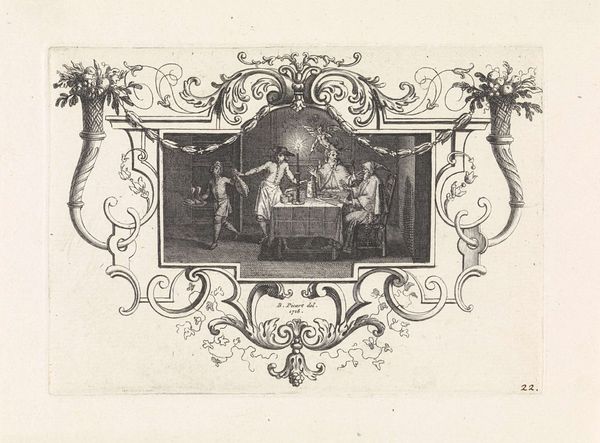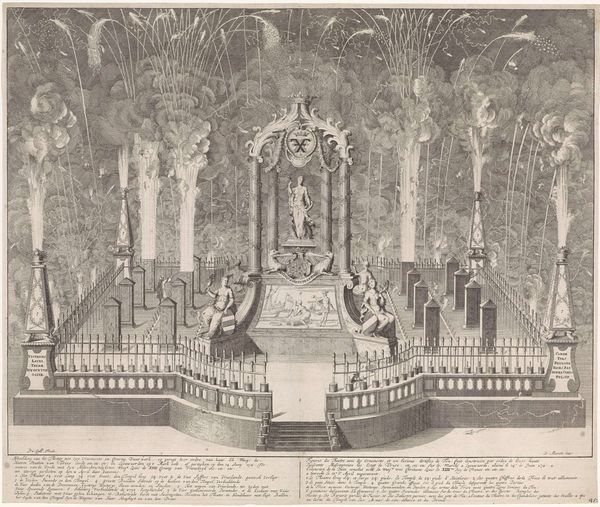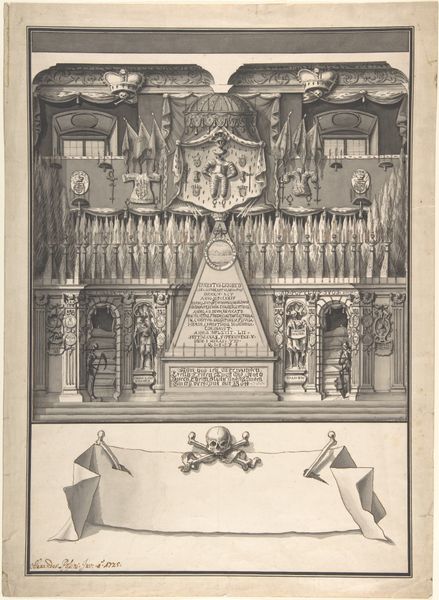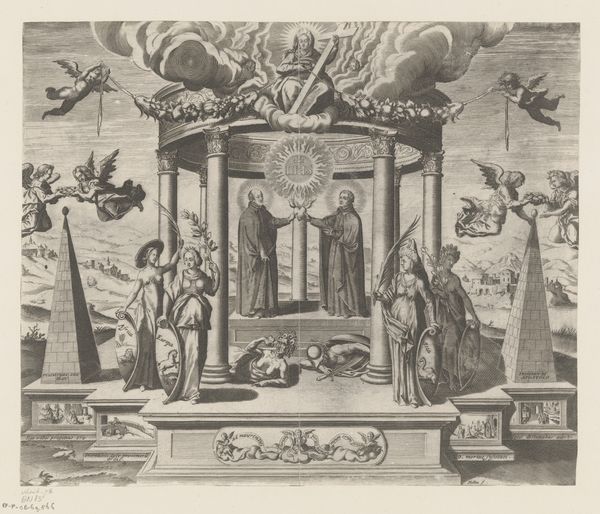
print, engraving
#
baroque
# print
#
cityscape
#
history-painting
#
engraving
Dimensions: height 364 mm, width 446 mm
Copyright: Rijks Museum: Open Domain
Editor: This engraving by Bernard Picart, made in 1713, depicts the fireworks display celebrating the Peace of Utrecht. It’s quite detailed, and the contrast between the dark sky and bursts of light really captures the energy of a celebration. How do you interpret this work beyond its literal depiction of a fireworks show? Curator: It's interesting how Picart chooses to portray peace through pyrotechnics, isn't it? We often view peace treaties as solemn agreements, but this image highlights how power and celebration are inextricably linked. How might the spectacle of fireworks reinforce existing power structures? Consider who had access to this display and whose voices are potentially marginalized in this representation of "peace." Editor: That’s a perspective I hadn’t considered. I was mainly thinking about it as a historical record. You’re suggesting that the artwork isn’t a neutral record of history, but a representation of power dynamics at the time? Curator: Exactly! Think about the Baroque style itself - its inherent grandeur was employed to assert dominance, both politically and religiously. This print served to disseminate an ideal of peace ordained by those in power. Now, does the artist’s choice to focus on spectacle invite a critique of the social inequalities of the period? Or does it further normalize them? Editor: It seems like it could be doing both, reflecting the grandeur but also reminding us of the inequalities inherent in a society that could afford such a lavish display after a war. I’ll definitely look at other art from the Baroque period with a more critical lens from now on. Curator: That’s precisely the idea! By looking at art within its social and historical context, we can decode its complex relationship to power, identity, and even resistance.
Comments
No comments
Be the first to comment and join the conversation on the ultimate creative platform.
